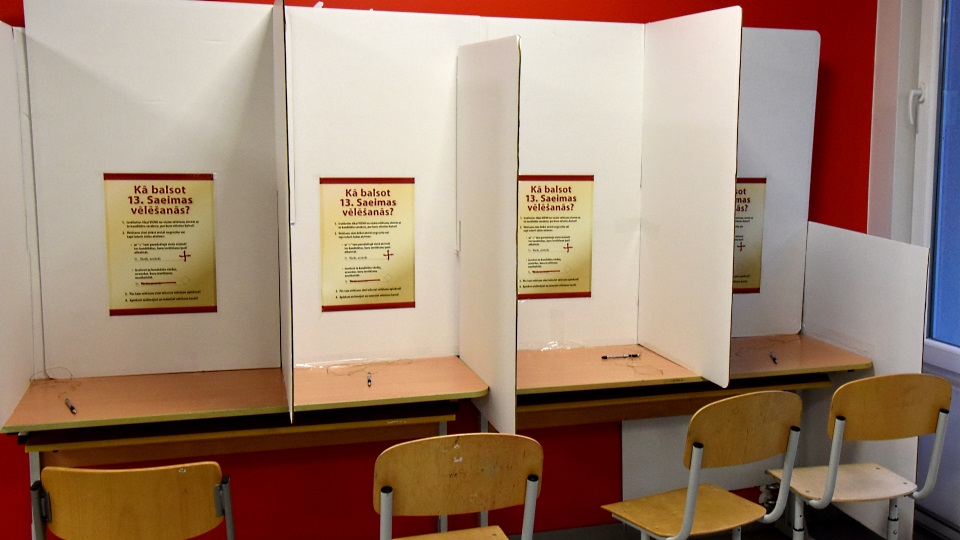1078 precincts reporting out of 1078
(Rīga time is GMT +3)
So it now seems certain seven parties will be represented in the 13th Saeima as opposed to 6 in the 12th Saeima.
The largest bloc will belong to the Harmony party, who will hold 23 seats, followed by the New Conservative Party with 16 seats, KPV LV with 16 seats, the National Alliance with 13 seats, For Development/For! with 13 seats, the Greens and Farmers Union with 11 seats and New Unity with 8 seats.
With 100 seats in total, any coalition model would need to control 51 seats to assure a simple majority in parliament. Minority governments are possible but tend to have difficulty passing legislation through Saeima.
Neoficiālie aprēķini, balstoties uz provizoriskajiem CVK datiem no 1078 iecirkņiem no 1078
Data: CVK. Updated at 07.10. 16:57
Therefore numerous coalition combinations look potentially possible. For example a coalition containing the New Conservatives, National Alliance, For Development/For! and the Greens and Farmers Union would hold 53 seats. But substituting New Unity for the Greens and Farmers Union would see the coalition short of a majority with exactly 50 seats. Including both the Greens and Farmers, and New Unity would create a more comfortable 61-seat majority, but a five-party coalition would be harder for a prime minister to control.
On the other hand a combination of Harmony and KPV LV would give them only 39 seats, meaning they would have to recruit at least one more partner. If that happened to be the Greens and Farmers Union, again a round figure of 50 would result.
All leading figures within the parties are predicting long and hard negotiations over formation of a new government that could stretch for months. In the meanwhile, Māris Kučinskis will continue to lead the existing government in a caretaker capacity.
The voting figures also show significant regional variations in voting patterns. While Harmony was the most popular party in Latgale and Rīga, KPV LV was the leader in Kurzeme and Zemgale, while the New Conservative Party won in Vidzeme region.





























